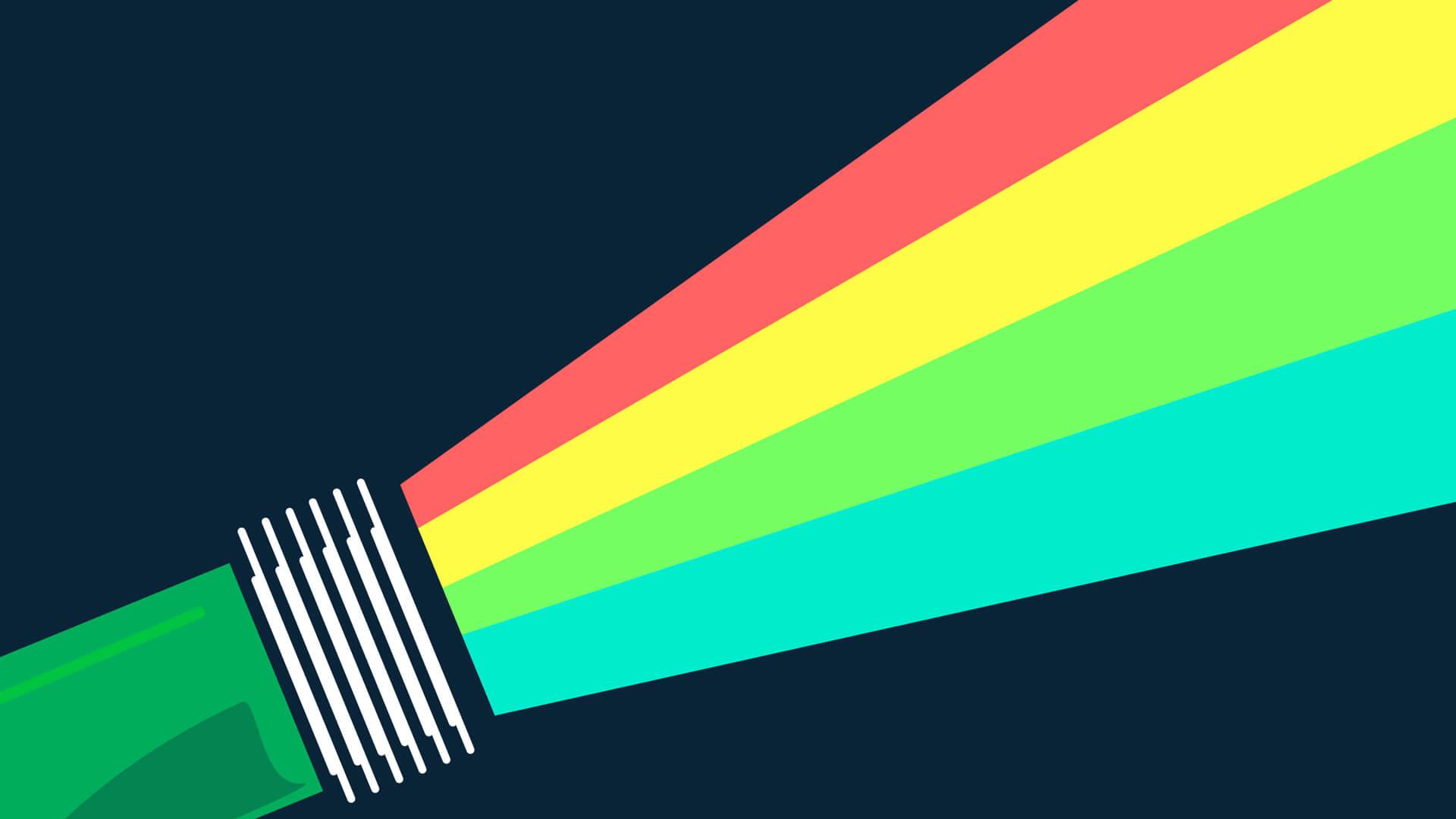If your reading this, it’s probably because of all the confusing advice that has been dispensed on how to measure energy emitted from a light and how it affects your plants. We can’t blame you and promise to try to keep the follow explanation simple and straightforward.
One of our favorite ways to think about light is to compare it to a garden hose. How much water is coming out (quantity), how hard it’s coming out (intensity) and in what pattern (focus). It really can be as simple as Quantity, Intensity and Focus.
QUANTITY = how much is coming out. On a garden hose we might measure quantity as GPH (gallons per hour) whereas in a horticulture lighting fixture we look to PPF (photosynthetic photon flux).
INTENSITY = how hard it’s coming out. On a hose it’s measured as PSI (pounds per square inch) while on a light the intensity is typically measured as PPFD (photosynthetic photon flux density).
FOCUS = what is the distribution pattern. It doesn’t matter if you have a fire hose worth of quantity and intensity if it’s not getting directed to where you want it. In lighting, specifically for horticulture, spraying light on walls and walkways doesn’t help your plants grow. This is where the optics that Scynce uses really shine and tie it all together by maximizing the utilization of the quantity, spreading out the intensity and keeping it focused where you want it. www.optics-matter.com
Many botanists and growers rely heavily on PAR (photosynthetic active radiation – the range of the light spectrum necessary for photosynthesis to occur) maps, called out in PPFD. This is where the proverbial “rubber meets the road” and is a true measurement and gauge of how the light will perform.
EXAMPLE: Let’s say that you have two hoses with the same quantity or GPH of water. One hose has a rain shower nozzle and the other has a narrow beam spray nozzle. Which one is going to get the mud off your car better? Because the same quantity of water is coming out of both hoses, it is the intensity and focus that influences the results.
Another topic many people are misguided on is Photon Efficacy, which is typically measured in uMol/j (micromoles per joule). Because Scynce’s products utilize optics on every light, we take an efficiency hit in regards to the overall energy (quantity) emitted from the light fixture. This is compensated for because our optics take all of the remaining light energy and focus it 100% on the plants. This is why PAR Maps are so important as an actual depiction of the intensity and focus, not just quantity (P.S. We’ll learn in the forthcoming blogs that a light’s distance from the plants also makes a huge difference…. hint, 6-8” is not healthy!)
LED’s are an incredible invention, but they need to be optimized for each specific purpose. Scynce has spent the last 5 years perfecting this optimization, utilizing patented optical technology to diffuse, direct and keep all the energy exactly where you want it… on your plants!
Should you feel the need for a deeper dive, head over to www.ScynceLED.com and get deep into the science of Scynce.



